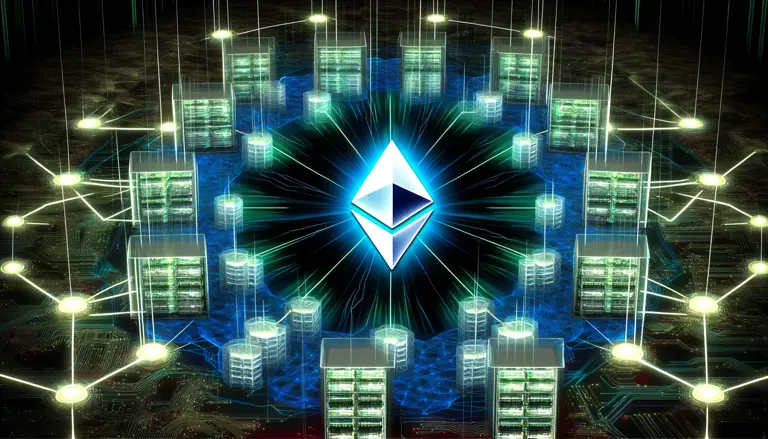Vitalik Buterin’s recent statements regarding the centralization issues inherent in Proof-of-Work (PoW) systems, particularly within the context of Ethereum’s transition to Proof-of-Stake (PoS), have ignited discussions and reflections within the Ethereum community. Despite the allure of nostalgia for the PoW era among certain members, Buterin underscored the strategic imperative behind Ethereum’s shift towards PoS, emphasizing the pursuit of decentralization.
Within the Ethereum community, there exists a discernible subset expressing a preference for the traditional PoW model over the newer PoS framework. However, Buterin brought attention to the often-overlooked centralization tendencies embedded within PoW, which were historically regarded as a temporary solution until the transition to PoS. He further elucidated that Ethereum’s avoidance of heavy centralization from Application-Specific Integrated Circuits (ASICs) was partly due to the anticipated transition to PoS.
The journey from PoW to PoS, epitomized by ‘The Merge’ nearly two years ago, represented a seminal milestone for Ethereum. This transition fundamentally altered the mechanics of block production, replacing miners with validators who now wield significant influence over maintaining the blockchain’s integrity through staking. The Beacon Chain, inaugurated on December 1, 2020, initially operated in parallel with the main Ethereum blockchain before seamlessly integrating and assuming the role of Ethereum’s block production backbone post-Merge.
In the aftermath of The Merge, Ethereum witnessed a staggering reduction in energy consumption by approximately 99.95%, heralding the dawn of a more environmentally sustainable era and aligning with broader global sustainability objectives. Moreover, the transition to PoS unlocked new frontiers for Ethereum, offering prospects for enhanced scalability and security enhancements that remained elusive under the PoW paradigm.
Despite the sweeping changes, Ethereum has adeptly preserved its core functionalities and services, including facilitating smart contracts, transactions, and account management. Ongoing developments and optimizations post-Merge are poised to further fortify Ethereum’s standing as a premier blockchain platform, capable of adapting to technological advancements while remaining attuned to community concerns and evolving environmental and governance dynamics.
